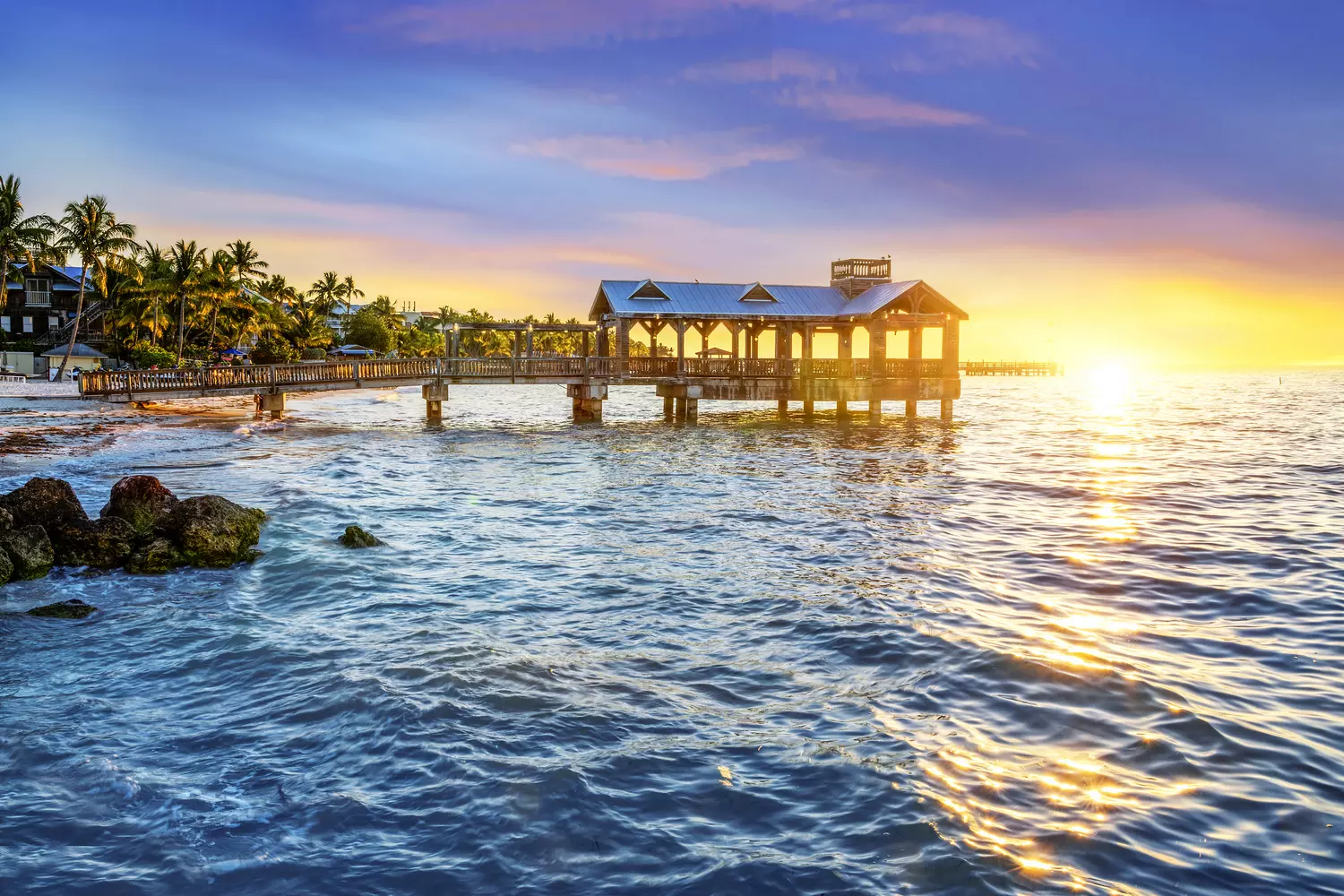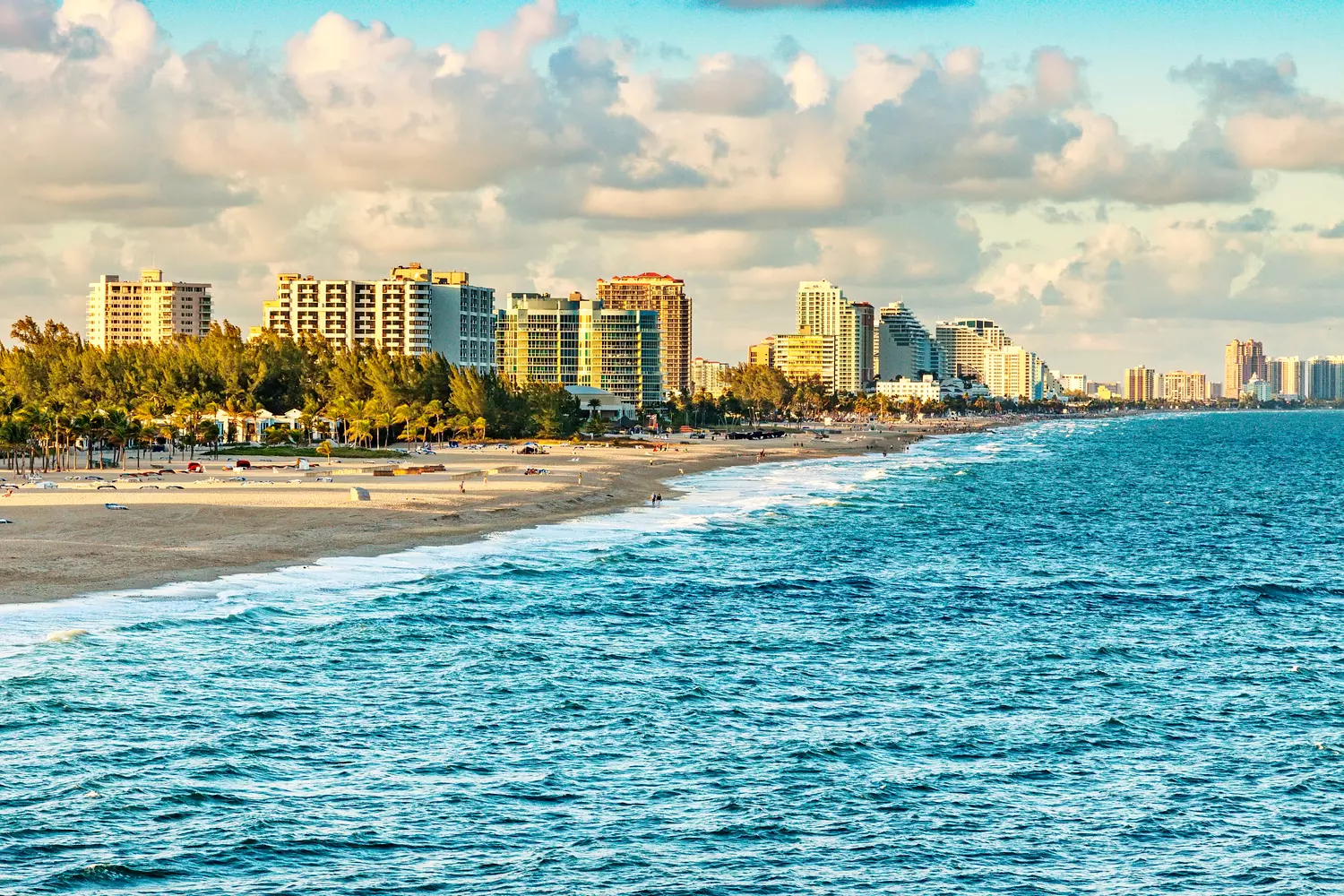Rarely does one person so profoundly influence an entire era. Ernest Hemingway didn't just write books — he lived each one of them. His life resembled a novel, full of war, love, danger, and adventure. He fought, drank, hunted lions, fished in the ocean, survived plane crashes, and endured where others would have given up. His style was like him — short, sharp, truthful.
He hated lies and couldn't tolerate weakness. He believed that a true writer must live on the edge, to have something to write about. And his books are still read today because they contain not just words, but life itself. A life that included glory, loneliness, love, and pain. A life that ended tragically, but was not in vain.
Ernest Hemingway's Childhood and Youth
Ernest Miller Hemingway was born on July 21, 1899, in the small town of Oak Park, a suburb of Chicago. His family was well-off but far from high society. His father, Clarence Hemingway, was a doctor and nature enthusiast. He introduced his son to hunting, fishing, and hiking. His mother, Grace Hall-Hemingway, was a musician and singing teacher. She dreamed that Ernest would become an artist and forced him to learn to play the cello.
Strict discipline reigned in the house. Grace controlled not only the children but also her husband, who endured her sharpness and authoritarianism for years. She dressed Ernest and his twin sister in identical clothes, which is why he hated childhood family photos. Despite his mother's talent, he realized early on that music didn't interest him and gladly escaped with his father to the forests and lakes of Michigan.
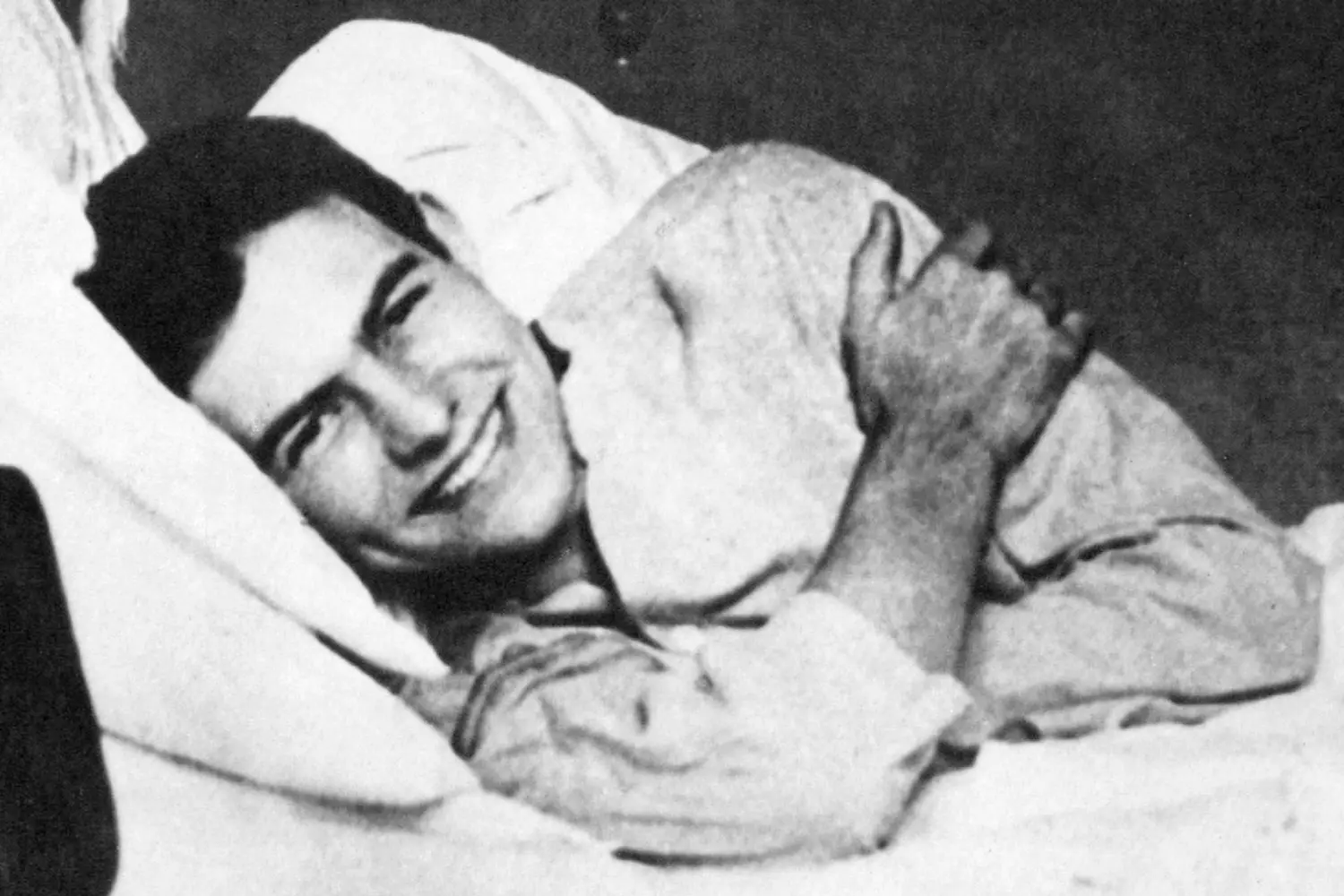
Clarence taught his son to track game, shoot accurately, and not be afraid to spend the night in the forest. These hikes became an important part of Ernest's life. He learned early on that it's not the strongest who survives, but the one who can adapt to circumstances. Already in his school years, he began recording his impressions, trying to convey the excitement of hunting and the beauty of nature in words.
School wasn't a problem for him, but it didn't spark much interest either. He loved sports, especially boxing and football, and couldn't stand weaklings. In fights, he showed stubbornness and endurance, though he didn't always emerge victorious. At the same time, he became interested in journalism and began writing notes for the school newspaper. The style of his articles was laconic and precise — without unnecessary emotions or lengthy reasoning.
In 1917, when Ernest graduated from school, the United States entered World War I. He wanted to go to the front, but was rejected due to poor eyesight. However, he wasn't going to stand aside and volunteered for the Red Cross. Soon he found himself in Italy, where he became an ambulance driver.
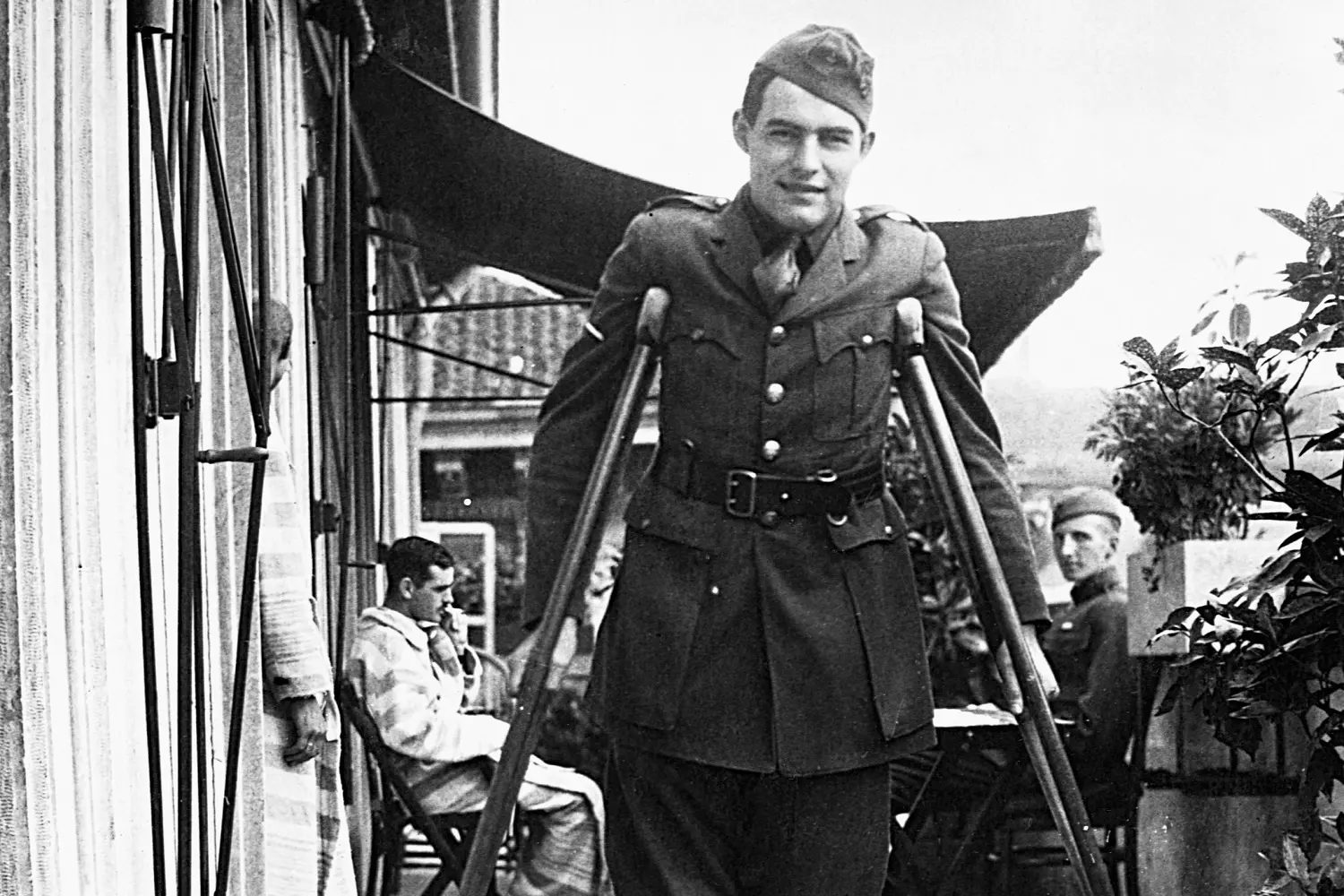
It was there, on the front line, that he first encountered death. In July 1918, Ernest was seriously wounded — shrapnel pierced his legs, but even then he didn't give up. Under fire, he carried a wounded Italian soldier off the battlefield. For this act, he was awarded the Silver Medal for Valor.
After the hospital, he recovered in Milan for a long time. There he began a romance with a nurse, Agnes von Kurowsky. He was in love, dreamed of marriage, but she preferred another. This was the first serious blow in his life, which later was reflected in the novel "A Farewell to Arms."
The war changed him forever. He returned to America a different person — with contempt for pompous speeches about patriotism, with a feeling that real life happens where there is risk. Soon he would go abroad again — to find himself and his destiny.
Journalism and First Steps in Literature
Returning from the war, Ernest Hemingway didn't know what to do. University didn't appeal to him — studying seemed boring after what he had experienced on the front. He wanted to write but didn't know where to start. Then he got a job as a reporter for The Kansas City Star newspaper.
The editorial office of this newspaper worked quickly and efficiently. There was no room for long phrases, flowery expressions, and empty words. Young journalists were immediately taught the main rule — to write short, simple, and clear. This school greatly influenced Hemingway. He became accustomed to conveying the essence without unnecessary details, allowing the reader to fill in the rest. Later, he would say that The Kansas City Star shaped his style.
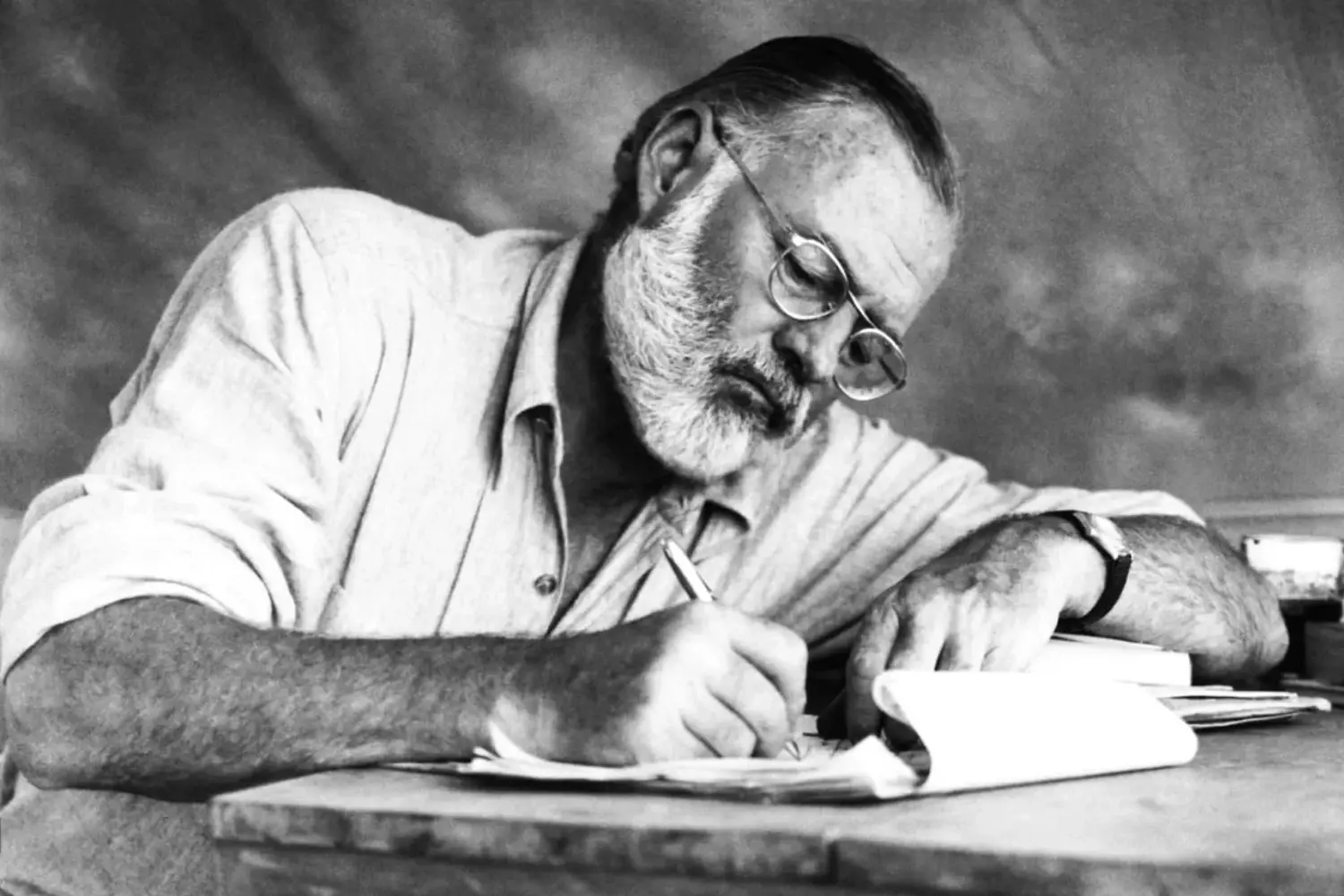
But he didn't stay in the editorial office for long. In 1920, he moved to Chicago, where he worked part-time in various publications and tried to write fiction. It was then that he met Hadley Richardson, his first wife. She believed in his talent and supported him in everything. When the opportunity arose to go to Europe, Hadley agreed without hesitation.
In 1921, the newlyweds went to Paris. In those years, the city was a magnet for writers, artists, and musicians. Those who would later go down in history lived and worked here — F. Scott Fitzgerald, Gertrude Stein, Ezra Pound. The Parisian bohemia had no strict rules. Writers discussed ideas in cafes, drank wine, argued, and wrote at night.
Hemingway quickly settled into this world. During the day, he worked as a correspondent for the Toronto Star, and in the evenings, he wrote stories. Gertrude Stein became his mentor. She advised him to remove everything unnecessary from the text, leaving only the most important. Under her influence, he began to work on his signature style — the very "iceberg" where only a small part of the story is on the surface, and the main thing is hidden between the lines.
An Overview of the Best Universities and Colleges in Florida
The first collections of short stories "Three Stories and Ten Poems" (1923) and "In Our Time" (1925) did not bring widespread fame but received positive reviews from critics. He wrote about war, fishing, boxing — about everything he knew from his own experience. His characters were ordinary people who faced pain, loss, and fear.
Real success came in 1926 when the novel "The Sun Also Rises" was published. It was the story of a lost generation — young people who had survived the war and couldn't find their place in peacetime. The book instantly made Hemingway famous. His style seemed fresh and vibrant, and the characters — real.
He was no longer just a journalist. Now he had become a writer who was talked about.
Paris and the "Lost Generation"
Paris in the 1920s was a magnet for talented and ambitious people from all over the world. Young writers, artists, and musicians gathered in the cheap cafes of the Latin Quarter, discussed art, argued, and drank until morning. Ernest Hemingway found himself in this environment in 1921 — young, poor, but full of desire to write.
He worked as a correspondent for the Toronto Star but considered journalism a temporary occupation. Paris gave him the main thing — the opportunity to observe life and turn it into literature. During the day, he wrote in a cramped apartment or in cafes in Montparnasse, and in the evening, he met with other writers. Among his friends were F. Scott Fitzgerald, James Joyce, and Ezra Pound. Gertrude Stein became his mentor and was the first to call their generation "lost" — those who survived the war but couldn't find themselves.
If you are lucky enough to have lived in Paris as a young man, then wherever you go for the rest of your life, it stays with you, for Paris is a moveable feast.Ernest Hemingway, "A Moveable Feast"
Life in Paris was modest. Hemingway and his wife Hadley rented a small apartment, saved on food, but not on books. He spent hours in the library, studying the classics, searching for his style. Street markets, street musicians, cold apartments in winter — he remembered all this and turned it into stories.
In 1925, he went to a bullfight in Spain. He liked bullfights — the tension, the struggle, the inevitability of the finale. Later, this experience formed the basis of his first major novel, "The Sun Also Rises." It was the story of young Americans and Englishmen who aimlessly wander around Europe, drink, fall in love, quarrel, but cannot change their fate. They seem alive, but inside — emptiness.
The book was published in 1926 and immediately became an event. Hemingway tasted fame for the first time. His style was sharp, honest, without sentimentality. He didn't try to explain the characters' feelings, didn't analyze their actions — just showed them. And it worked.
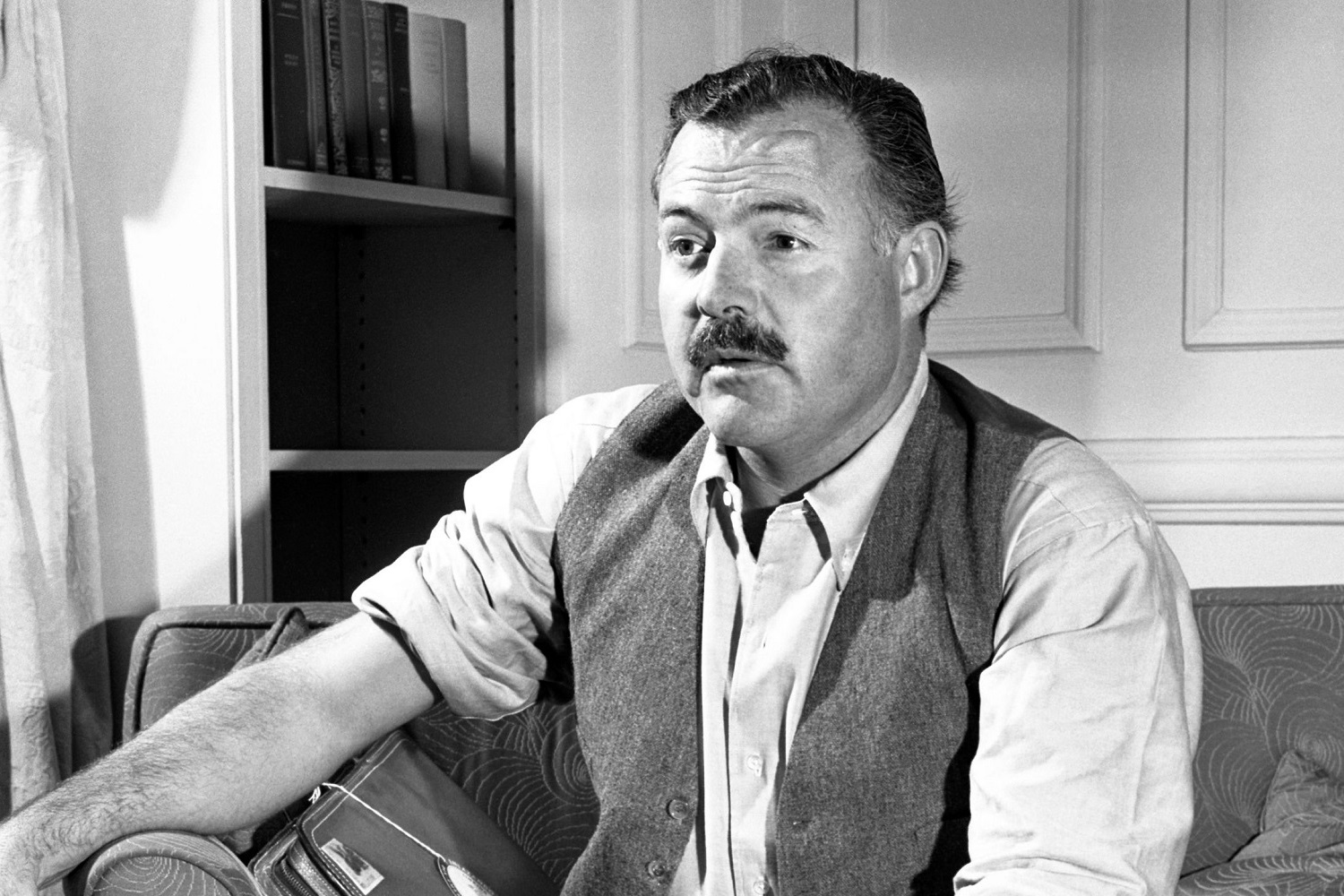
Paris gave him the main thing — the ability to look at life without illusions. Here he realized that it's important not only what you say, but also how. His characters are always restrained, but behind their short phrases, a storm of emotions and inner pain is hidden.
Years later, he would write the book "A Moveable Feast," where he would remember these years. For him, Paris would remain the place where he became a writer. The place where he learned to see the main thing and remove the unnecessary.
Love, Wars, and Adventures
Ernest Hemingway's life was rarely peaceful. He loved risk, new experiences, strong emotions. Wars, hunting, fishing in the open ocean — all of this seemed to him like real life, not just events. Love was also an important part of his journey, but he never put feelings above freedom.
Love That Always Eluded Him
Women in Hemingway's life appeared and disappeared as quickly as the plots of his stories. His first wife was Hadley Richardson — modest and devoted, she supported him at the beginning of his career. They lived together for several years in Paris, but when Hemingway achieved success, he became infatuated with another woman — the journalist Pauline Pfeiffer. The divorce was painful, but he had no doubts about his choice.
Pauline gave him two sons, but this marriage also couldn't withstand his character. In 1937, while working as a war correspondent in Spain, he met Martha Gellhorn — independent, intelligent, as passionate about journalism as he was. They spent several tumultuous years together, but in the end, Martha left, unwilling to be "Hemingway's wife."
His last wife was Mary Welsh. She accepted him as he was and stayed by his side until the end. But even in this marriage, Hemingway remained himself — a man who never stops.
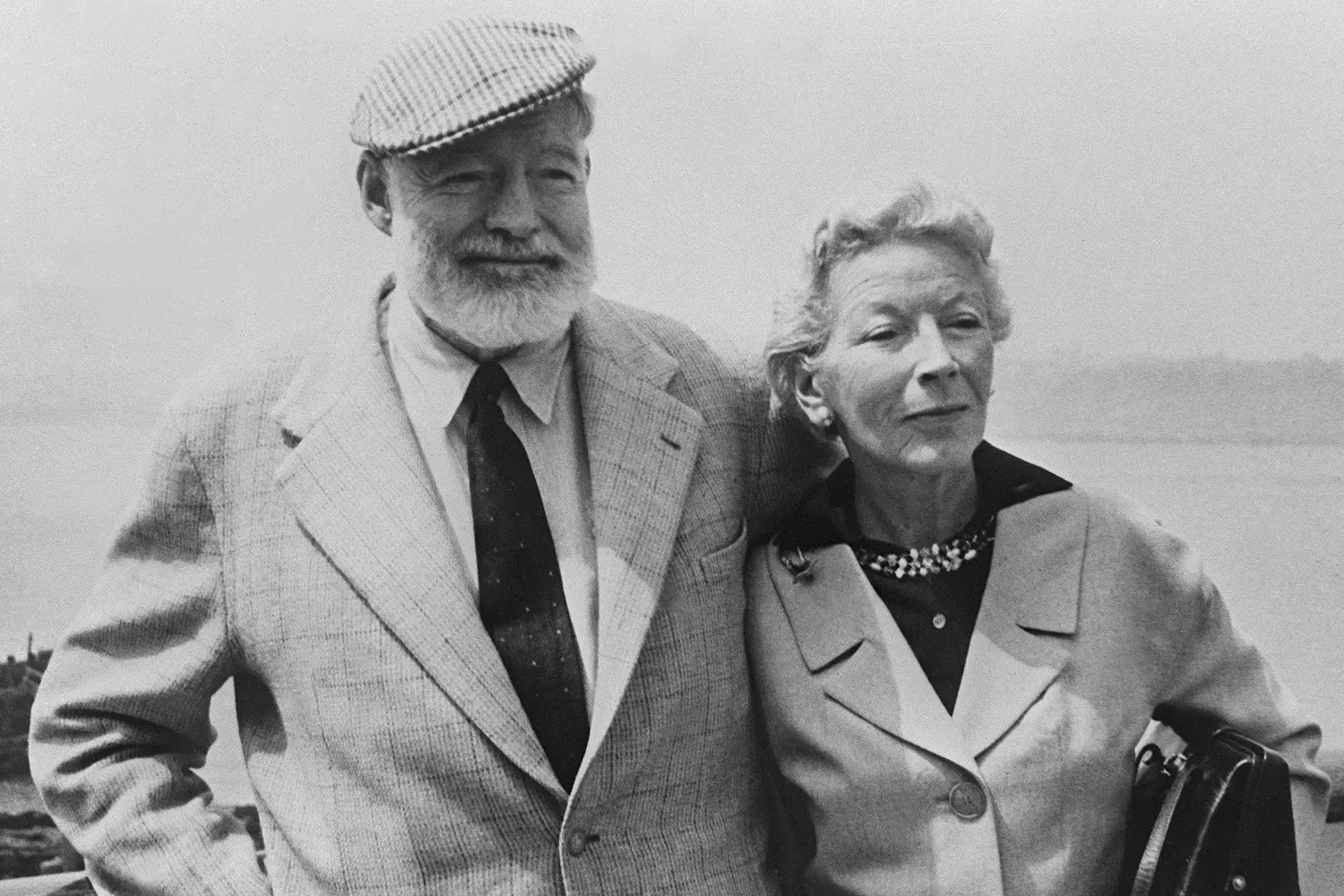
Wars in Which He Wasn't a Soldier, But Felt Like a Fighter
His love for danger began with World War I. Then he was just an ambulance driver, but he was seriously wounded and was on the verge of life and death.
In the 1930s, he went to Spain — to cover the Civil War. He supported the Republicans, saw bombings, and interacted with fighters. The war inspired him to write the novel "For Whom the Bell Tolls" — one of the most famous in his career.
When World War II began, he was again at the center of events. In 1944, he participated in the liberation of Paris with the French Resistance. Officially, he was a correspondent, but in essence — a partisan. He personally interrogated captured Germans, gathered information for the Allies, and once even led a squad of fighters himself.
War gave him the adrenaline he had been seeking all his life. It made him feel alive.
Adventures That Replaced Peace for Him
If not war, then the ocean. He loved fishing, especially in Cuba, where he lived for many years. There he spent hours at sea on his boat Pilar, catching marlins, fighting sharks. These experiences formed the basis of "The Old Man and the Sea."
He hunted in Africa, survived plane crashes, risked his life on safaris. Once, his plane crashed in the jungle, but he survived, although he suffered serious injuries. A day later, he boarded another plane, and it also crashed. He crawled out of the wreckage with burns and a concussion, but again remained alive.
Each time, he challenged fate. Perhaps because he simply couldn't live any other way.
Great Books and Global Recognition
Ernest Hemingway didn't write much, but each of his books became an event. He didn't strive to please the reader — he wrote as he felt, restrained and honestly. His characters rarely uttered long speeches, but every word carried weight. That was his strength.
Hemingway's Main Books
- "The Sun Also Rises" (1926) — the first major novel that made him famous. The story of the "lost generation" — young people who, after the war, wander around Europe in search of the meaning of life. The characters drink, travel, fall in love, but cannot get rid of their inner emptiness.
- "A Farewell to Arms" (1929) — a book about love and war. An American ambulance officer falls in love with an English nurse, but their happiness is destroyed by war. The story is largely based on Hemingway's own experiences during World War I.
- "To Have and Have Not" (1937) — a novel about the struggle for survival. Cuban captain Harry Morgan tries to earn a living honestly, but circumstances force him to become a smuggler. This book shows the cruelty of life, in which the one who is stronger survives, not the one who is right.
- "For Whom the Bell Tolls" (1940) — one of the most famous novels, set during the Spanish Civil War. American Robert Jordan, fighting on the side of the Republicans, is tasked with blowing up a bridge. In a few days, he lives a whole life — love, friendship, fear, and the realization of the inevitability of the end.
- "Across the River and Into the Trees" (1950) — the story of an aging colonel who remembers his life and tries to hold on to his last love. The book received mixed reviews but became an important part of Hemingway's creative journey.
- "The Old Man and the Sea" (1952) — the most famous novella, which brought Hemingway the Nobel Prize. The old Cuban fisherman Santiago goes to sea and enters into a struggle with a giant marlin. This is a story about fortitude, loneliness, and dignity that does not depend on the outcome of the struggle.
Recognition and Awards
By the early 1950s, Hemingway was no longer just a writer — he had become a legend. In 1953, "The Old Man and the Sea" received the Pulitzer Prize, and a year later, he was awarded the Nobel Prize in Literature.
The Swedish Academy noted him "for his mastery of the art of narrative, most recently demonstrated in The Old Man and the Sea, and for the influence that he has exerted on contemporary style." Hemingway himself accepted the award without unnecessary words. He understood that the main assessment is given not by critics, but by time. And time has proven that his books have become classics.
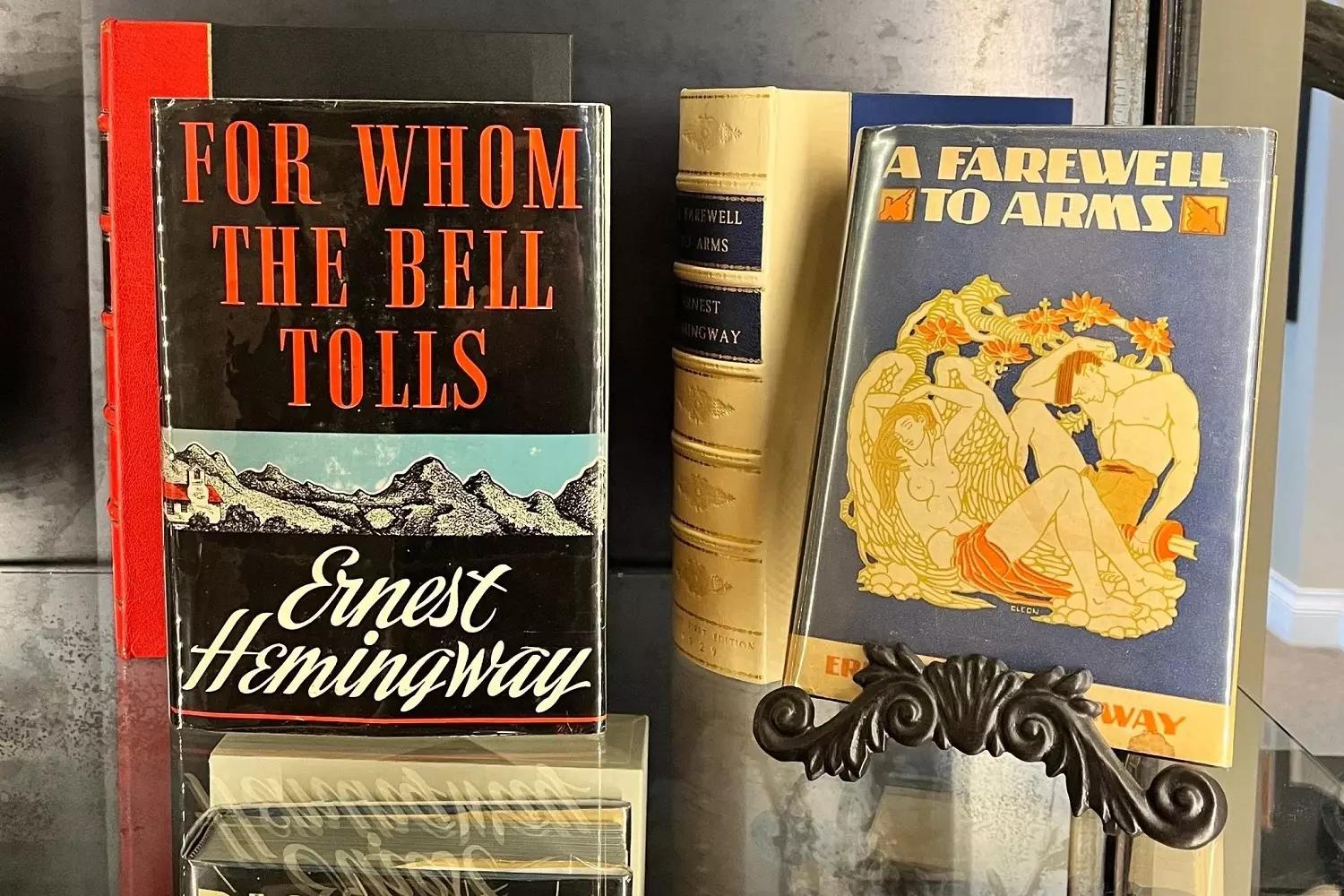
The Final Years and Tragic End
By the 1950s, Ernest Hemingway was a world-renowned writer. His books were published in millions of copies, his name became a symbol of courageous literature. But fame did not bring peace. Over time, his health deteriorated, and the inner demons he had chased away all his life with travel, wars, and work gradually took over.
Illnesses and Fears
After World War II, he lived mainly in Cuba, in his house in Finca Vigía. He wrote, fished, received guests, but was no longer the energetic man his friends knew. In 1954, he was involved in two consecutive plane crashes during a safari in Africa. He survived but suffered severe injuries — concussion, fractures, internal damage. Pain haunted him until the end of his life.
Alcohol, which used to be part of his lifestyle, now became a necessity. He drank to numb the pain but lost control of himself in the process. He began to experience memory lapses, depression, and fears.
In 1959, he left Cuba — the political situation became tense, and his house was under threat. He settled in the United States, in the state of Idaho, but this only increased his anxiety. He feared that the FBI was watching him, feared losing his talent, feared becoming useless.
The Last Books
Despite his illnesses, Hemingway tried to work. In 1960, he finished the book "A Moveable Feast" — memoirs of his Paris years. It was his farewell bow to youth, a time when he was happy.
After his death, several unfinished works were published:
- "Islands in the Stream" (1970) — a novel about an artist who seeks himself in fishing, travel, and solitude.
- "The Dangerous Summer" (1985) — a documentary book about bullfighting.
- "True at First Light" (1999) — memoirs of his youth and early years of work.
These books showed what he was like in his last years — tired, but still honest with himself and his readers.
Tragic End
In 1961, his condition worsened. He was admitted to a clinic for electroconvulsive therapy, but it only exacerbated his memory problems. He couldn't write, and life without work seemed meaningless to him.
On the morning of July 2, 1961, Ernest Hemingway took his favorite shotgun and shot himself in the head.
His departure shocked the world. People refused to believe that a man who wrote about fortitude could make such a decision himself. But those who knew him closely understood — he simply couldn't live any other way.
His books remained. His style, which changed literature, remained. His characters, who don't say too much, but in their silence, you can hear a whole world, remained.
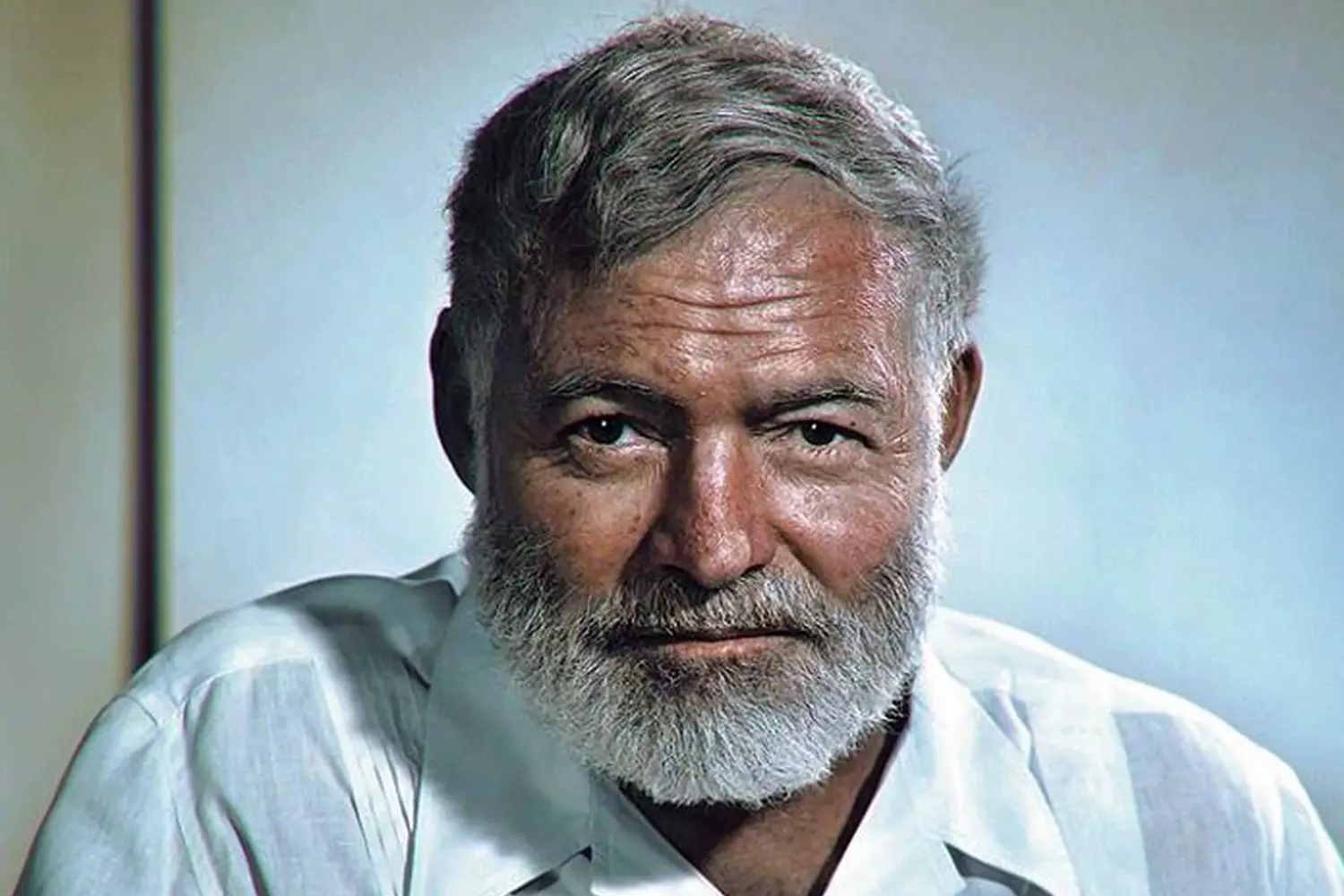
Hemingway's Legacy
Ernest Hemingway passed away more than half a century ago, but his influence has not weakened. He changed 20th-century literature, and his name became synonymous with honest and laconic writing. He is read, discussed, adapted for the screen, and emulated by writers.
A Style That Changed Literature
Hemingway wrote in short, simple sentences, avoiding unnecessary descriptions. This style is called the "iceberg" — the reader sees only the tip, but feels the depth. He didn't explain emotions but showed them through actions.
This approach revolutionized the concept of literary text. Many writers tried to imitate Hemingway, but few could achieve the power that was in his words.
Influence on Literature and Cinema
After him, a whole generation of authors emerged for whom restraint and accuracy are paramount. Among them are Cormac McCarthy, Raymond Carver, and Haruki Murakami.
His books have been adapted for the screen many times. The most famous films:
- "For Whom the Bell Tolls" (1943) with Gary Cooper and Ingrid Bergman,
- "The Snows of Kilimanjaro" (1952),
- "The Old Man and the Sea" (1958) with a magnificent performance by Spencer Tracy.
Every decade, his books reappear on screens, reminding us of his talent.
House-Museum and Cultural Heritage
The house in Key West, where Hemingway lived in the 1930s, has become a museum. Here you can see his study, personal belongings, books, and the famous cats, descendants of his beloved six-toed cat Snowball.
His Cuban home, Finca Vigía, has also been turned into a museum. It houses his letters, photographs, and manuscripts.
Every year, Key West hosts the Hemingway Festival. Fans of his work flock here, and the main part of the program is a Hemingway look-alike contest.
Why He Is Still Read Today
Decades have passed, but Hemingway's books have not lost their relevance. He wrote about what always concerns people — about love, fear, pain, and fortitude.
He didn't give answers, didn't impose a point of view, but made people think. Perhaps that's why his books continue to find new readers.































